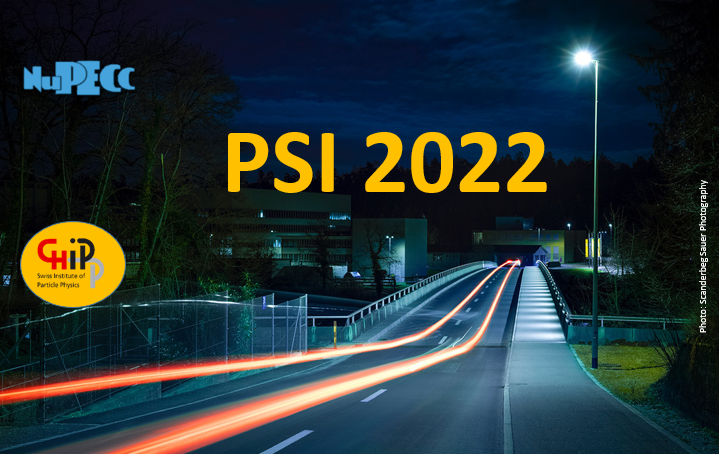Speaker
Description
Limiting the value of the permanent electric dipole moment on the electron (eEDM) provides a sensitive probe of the Standard Model of particle physics and its extensions. The current best limit on the eEDM is $|d_e| < 1.1 \times 10^{-29}~\it{e}~\rm{cm}$ [1] using ThO, while experiments have been performed using a number of different atoms and molecules. In our experiment a supersonic source of BaF molecules with velocities of ~600 m/s pass through well-known E- and B-fields (10 kV/cm, 10 nT resp.) [2] in which a sensitive spin precession measurement is performed.
The spin precession takes place for a superposition state of the $|F=1, m_F = |1|>$ magnetic substates in the $X^2\Sigma^+ (v=0,~N=0)$ ground state, which is created and read out solely by pulsed laser field interactions. The eEDM is extracted from the final population distribution within the $|F=1>$ hyperfine level. Systematic biases from parameters such as laser frequency, polarisation and power are vital to control and measure. This talk will discuss the experimental techniques employed to extract an eEDM limit and quantify possible systematic effects.
[1] ACME Collaboration, Nature 562, 355–360 (2018).
[2] The NL-eEDM collaboration, Eur. Phys. J. D 72, 197 (2018)

